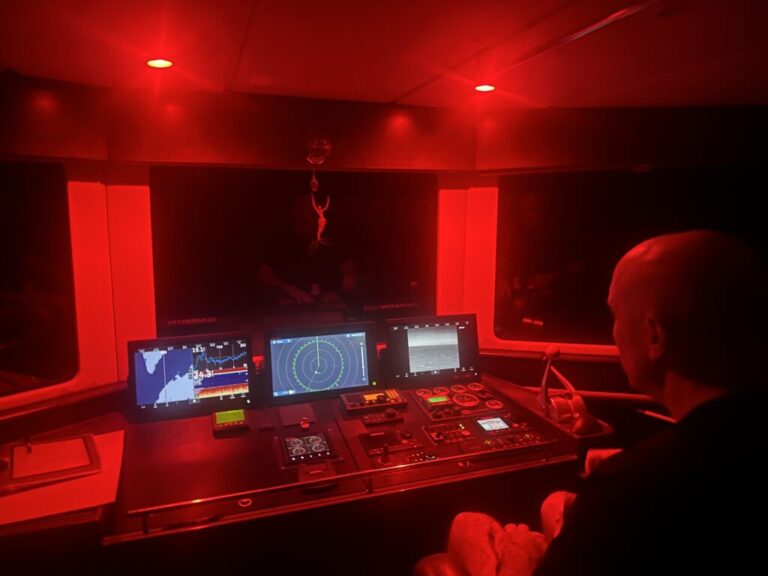I used to troll the wine listings at highbrow dining establishments, searching for the grandiose and often hilarious adjectives that sniff-and-slosh enthusiasts use to describe barely detectable points of contrast among similar types or vintages of concentrated liquid hangover.

In case you live under a derelict shopping cart in an abandoned North Dakota mine shaft, what I mean is that I could rate such-and-such California merlot as tasting “like bilge vomit,” while the wine sophisticate might offer that it’s “playfully vivacious and unselfconscious, with lilting notes of peat-smoked fern, a bawdy walnut midriff and an assertive, almost bovine finish.”
Tomfoolery aside, I have to give wine copywriters credit for claiming such an expansive, lively vocabulary to keep things moving. In the same moment, a cynical grammar troll in my head insists that some wine critics seem less interested in actual wine than in congratulating themselves for the otherworldly refinement and sensitivity of their soft palates in florid language I’m embarrassed to read. It wasn’t until I began to track major tackle-manufacturing trends that I began to understand the drudgery that is trying to establish contrast among products that are practically identical.
It was right around the time Shimano introduced Butterfly jigs and, shortly thereafter, began to market these new vertical lures as components within a “tackle system” that included purpose-engineered Butterfly jigging rods and reels, and provided specific line/topshot/rigging guidelines that would yield best results. The initial push on the system gave the subtle implication that only a Neanderthal would attempt Butterfly jigging sans rod, reel and Butterfly-ready rigging.
I don’t want to run this train off its tracks: The Butterfly system is only important here because it seemed to trigger an immediate industry course change toward hyper-specialized gear. It was within the relatively narrow spectrum of line manufacturers and their attendant marketing crews that I saw the pattern most clearly.
Around 2006, the flow of filler spools through my editorial mailbox at The Fisherman magazine’s New England office jumped exponentially over several months. Before I knew it, foot-tall columns of spools representing a veritable rainbow of new monofilaments, fluorocarbons, mono-fluoro “hybrids,” superbraids and coated single-strand superlines in every conceivable color, finish, diameter, material and pound-test rating crowded my bookcases.
I’d been asked to test and review some of these for a buyer’s guide section of some sort. After a respectful period of dread and avoidance, channeling some of my longstanding snarky fascination with wine copy, I began to inspect each spool that arrived, paying special attention to the accompanying press releases.
This foray into the foreign lands of fishing-line copywriting was like sinking into a bog of that dreadful quasi-scientific sportfish product writing that chews up so much clear space on tackle packaging. As the spools kept coming, the press releases began to evolve — partly, I surmised, because when you’re trying to tailor specific braid or mono to match the rigors of ultratight niche applications, you need all the semantic horsepower you can scrape up.
The snag is that fishing line has a small number of physical properties from which to weave public relations gold, and of those, at least one relates to the lethally dull area of the molecular composition of proprietary plastics, copolymers and other fibrous atomic building blocks. Marketing folks began to push the boundaries, and the press releases began to take on a strange wine-list feel. Thus, X Line is a full-bodied monofilament ideal for shady late-afternoon tube-jigging around visible brush piles or submerged fallen hardwoods in moderately tannic water conditions. When the sun’s overhead and you’re working deeper slopes outside the weed edges in cold water, make the switch to more robust but never ostentatious X Line ProSeries BD (Bright Day?) in Chartreuse Explosion or all-new Electric Oak finishes.
Meanwhile, we — the dim bulbs trying feverishly not to backlash X Line beyond the just-cut-the-darn-thing threshold — mainly deal with line strength (often relative to line diameter); slickness (i.e., finish) as a factor in knot choice/execution and casting distance; consistency (hard or soft), which determines abrasion resistance, line “memory,” the way a line lays on or exits the reel or how tidily it draws up into finished knots; stretch (or lack thereof), which should give an idea how a line will behave under strain; and cost.
Unfortunately, there’s no standardized, quantitative scale a line shopper can use for comparative purposes. Worse, if you count on product claims to predict performance, know this: You’ll note that almost every kind of line claims exceptional strength, limpness, slickness, castability and abrasion resistance. Price speaks for itself. What it says you should heed.
Now that you’ve dumped $400 into a serious composite stick with striking threadwork and the good kind of cork handles, you’re thinking reels. A couple of weeks later you arrange its courtship with a sweet little Daiwa conventional. The pair balance as you suspect a Golden Age samurai sword might. You start sneaking downstairs at odd hours to admire the new weaponry, but the spool remains bare.
Already $700 deep, you might figure you’ll temper the minor pangs of shame over having spent big bucks on a toy for yourself by shaving some dollars off the spool-up. Line basically looks the same; they’re thinner and stronger than you’d expect.
Here’s where this long tangent comes home. Ironically, despite the disparity in descriptive adjectives, I don’t think line preference is one iota less subjective than taste in wine. I swear by certain braids in specific line classes but have zero brand loyalty as I shift up or down in pound-test ratings. I preach a gospel of 50-pound Suffix braid and 30-pound PowerPro. A few weeks back, I parted off three consecutive braid-to-fluoro splices I tied the way I always do, except that the braid was 20-pound stuff the diameter of sewing thread. Each knot failed on the fluoro side of my Albrights. The braid had cut clean through softer topshot material. I tweaked the Albrights but failed to solve the problem and eventually went back to uni-to-uni knots, despite the very different diameters of the materials I was joining. The new knot held better, but I’ve since attempted that connection using another 20-pound braid and several types of mono with no further part-offs.
The moral is that where and when you fish, the terminal tackle you favor, the mechanics of your casting, the knots you believe in — even the way you hold a rod or work a plug — will significantly affect line performance.
Your best bet is to ask for recommendations from good anglers. Then head for your local tackle shop and ask for short samples to see which combinations of line and connection give you the greatest confidence.
This article originally appeared in the December 2015 issue.









